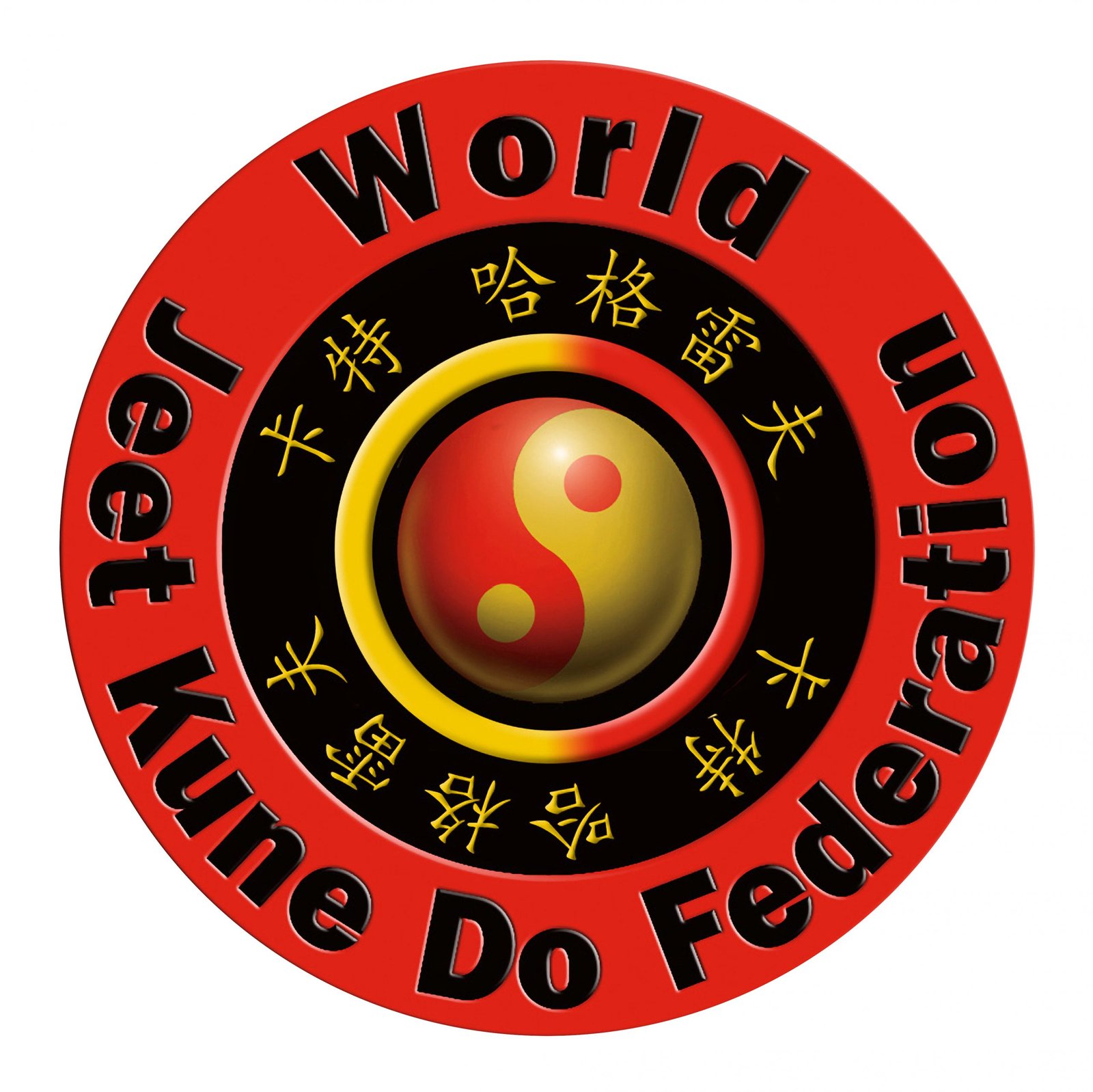Bruce Lee, an American Icon Passes
The Bruce Lee Story, Part Seven
Bruce Lee; Death of a Legend
Even in death, Bruce Lee stirred the same controversy that seemed to follow him through life.
While speculations run rampant over the exact cause of his death, the facts seem to be clear.
On May 10, 1973 at Golden Harvest Studios, Bruce collapsed while dubbing his film, Enter the Dragon. He was rushed to Hong Kong Baptist Hospital while suffering headaches and seizures, and was diagnosed with cerebral edema. Mannitol administration reversed the swelling, and Lee was released after several days at the hospital.
Months later, on July 20 1973 Bruce Lee and George Lazenby, of James Bond fame, were meeting in Hong Kong to discuss making a film together. At two o’clock of that same day, Lee met with producer Raymond Chow at his home to further discuss the details of the film. Lee and Chow drove to the home of a Taiwanese actress, Betty Ting Pei around four o’clock to read the script, and then Chow left for a dinner meeting.
Bruce began to complain of a headache, and Betty Ting Pei gave him Equagesic, a product containing asprin and a muscle relaxant called meprobomate. Bruce then went to a bedroom to lay down for a nap, hoping to sleep off the pain. When Bruce failed to meet Raymond Chow for the dinner meeting, Chow came back to the apartment and found Lee unresponsive. A doctor was called and ten minutes were spent trying to revivie him prior to his ambulance ride to Queen Elizabeth Hospital. Sadly, Bruce Lee was pronounced dead on arrival.
Bruce Lee was 32 years old.
The autopsy reports showed nothing in his system except the Equagesic, and there were no signs of physical trauma. His brain, however, displayed the same swelling that had sent him to the hospital just two months prior; the swelling had increased his brain by nearly 13 percent. His death was ruled, “Death by Misadventure” due to a reaction to the Equagesic.
Controversy came into play when the doctor in Hong Kong who had treated Lee during his collapse in May, Don Langford, pointed out that Equagesic had nothing to do with the first, eerily similar collapse.
More buzzing was afoot when Peter Wu, a neurosurgeon involved in Lee’s case in May, stated that the cause of death was either Equagesic or cannabis. He retracted his statement when a Scotland Yard forensic scientist assigned to the case reaffirmed that the cause of death was a reaction to Equagesic only.
“Professor Teare wаѕ а forensic scientist recommended bу Scotland Yard; hе wаѕ brought іn аѕ аn expert оn cannabis аnd wе can’t contradict hіѕ testimony. Thе dosage оf cannabis іѕ nеіthеr precise nоr predictable, but I’ve nеvеr knоwn оf аnуоnе dying simply frоm tаkіng it.”
-Peter Wu, Nuerosurgeon
Theories abound about murder plots involving the Triads, curses on his family, which seem to hold true considering his son Brandon’s untimely death as well, and speculation that his death was because of a delayed reaction to a Dim Mak strike he had received some weeks prior, a theory brought forth in a 1985 edition of Black Belt Magazine.
Linda returned to Seattle to bury her beloved husband and iconic martial artist, Bruce Lee, at Lakeview Cemetary in Seattle. His pallbearers included other iconic artists and actors such as Chuck Norris, Dan Inosanto, Peter Chin, George Lazerby, Lee’s own brother Robert, James Coburn and Steve McQueen.
Bruce’s son, Brandon Lee, lies at rest next to him in Lakeview Cemetary.
Bruce Lee; More Than a Legend
Bruce Lee is best known for his martial arts mastery, and for perfecting the discipline now known as Kung Fu. Bruce was more than this, however.
Star of big screen and television, beloved husband, father, philosopher, teacher, poet and author, Bruce Lee will forever live in the hearts of his fans past, present and future.
World Jeet Kune Do Federation ™
Official Bruce Lee Jeet Kune Do Instructors Schools, Techniques Training, Streaming JKD Video Online Learning Black Belt Certification Program
